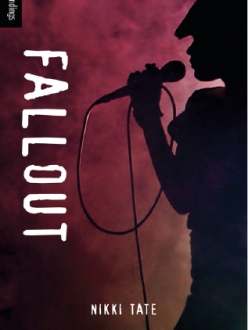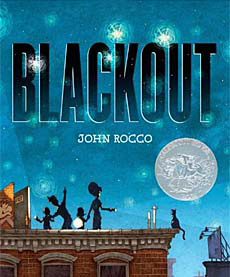Tate, Niki. (2011). Fallout. Victoria, BC: Orca Books.
Teen suicide, a survivor, distant parents, slam poetry, someone who understands.... Nikki Tate's Fallout is a powerful and engaging story of a teen coping with her younger sister's suicide through writing and performing poetry. We meet Tara one year after her sister's death. She has left home and moved to another city where she works in a bookstore by day and meets with her slam poetry friends by night. Every day is filled with memories - and poems. Prose descriptions of a slam poetry competition are interspersed with poems about a family dealing with suicide. Tara begins to open up to her new friends and find a few moments of relief and, eventually, someone who really understands. While the topic is complex, there is no prolonged analysis or discussion
and the characters are not very developed. The story moves along quickly touching on many common teen concerns (parental expectations, teen sex, teen drinking, depression, walking home alone, balancing competition and friendship). This is not a 'deep' novel but with its sparse layout, large type and lots of white space it is a perfect high interest, low reading level (3.0) for
reluctant or struggling readers that will appeal to many other teens looking for a quick read.
Young Adult (Part of the Orca Soundings Series, also available as an e-book on Google Play)




















